02 March 2022
Design discovery phase. Establishing what your users want equals moving forward with successful apps
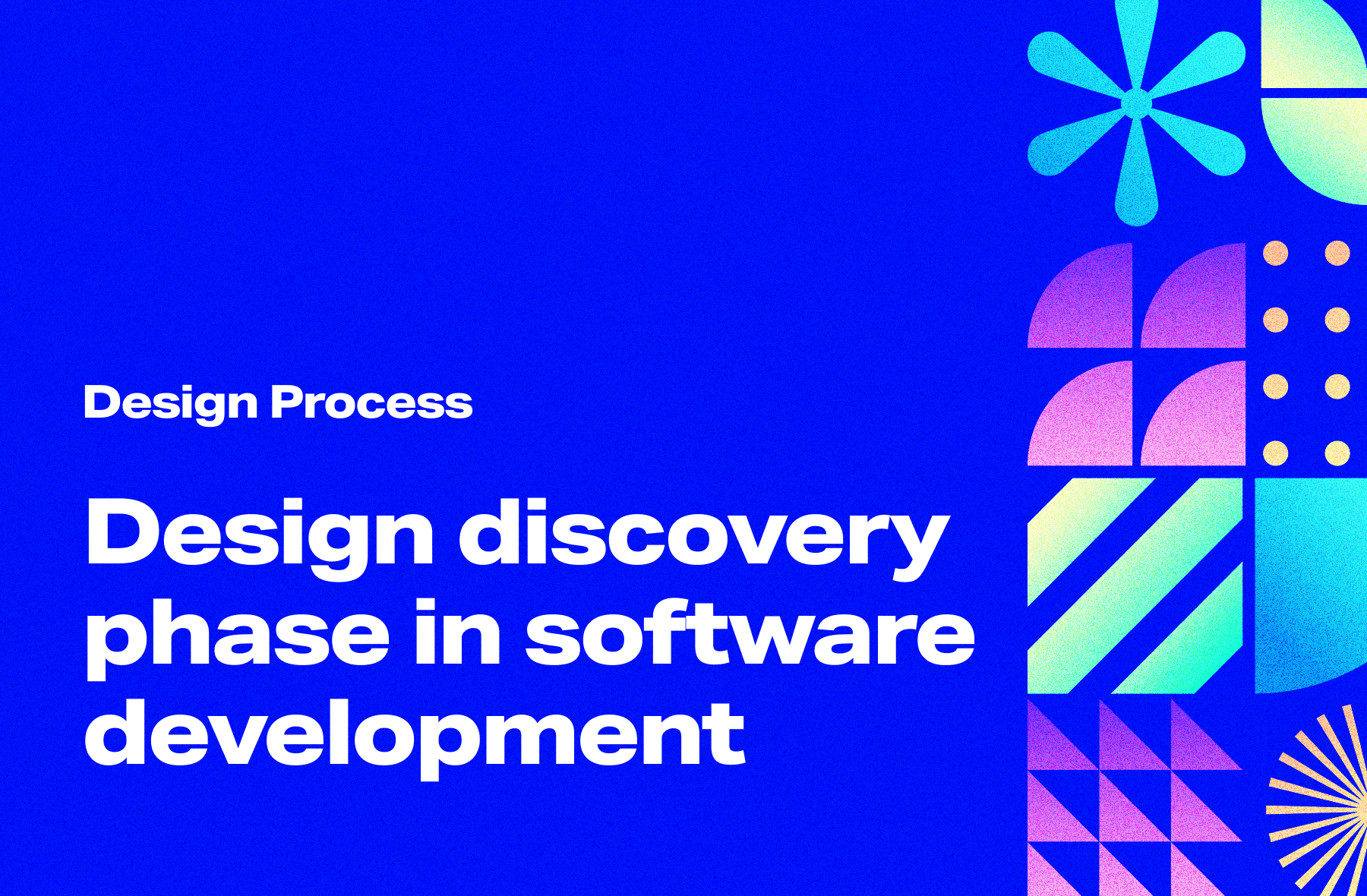
Turning potential customers into loyal users of your application is absolutely doable if you do it right. Before you implement your revolutionary ideas for visionary products, verify them with your future users-to-be. The first step is an easy method, used by the likes of Uber. It’s the design discovery phase that unfolds what people REALLY want so you can deliver exactly that. When done properly, design discovery does work wonders, and it’s much cheaper than developing unnecessary features bringing no business. We’ve got experience, industry stories, and maths to back it up.
In the design process, keep your ideas close but user research closer
You come up with an idea for a software-based business that seems very likely to be a big hit. You think about the functionalities, sometimes about the general looks and aesthetics. Since software development is a team sport, you’ll need developers, testers, architects, and designers to build the app. Find people, complete formalities, and off to work.
Usually, after a few months or even years, the product is finally out to welcome its first users. And this is the moment of truth because the users (or the lack thereof) will determine whether the idea and its execution are successful or not.
So how to deliver the desired product that will be a hit not only inside your head? Keep your target group close from the very beginning of the design process by introducing the design discovery phase.
We know how to develop great software design-wise, without the cartoonish lightbulb overhead moment and we want to share our knowledge and experience. We’ve learned that the best ideas are not a stroke of chaotic genius but the result of systematic work, observation, and drawing conclusions (and repeating the cycle even a few times).
In order to learn this too, you need to go back to the roots first.
Design Thinking, Customer Development, Lean Startup – all you need to discover and deliver
Design Discovery is the earliest stage of the design process. The design team doesn’t focus on the particular functionalities or UX/UI issues yet but on users’ wants and needs the app should fulfill.
There are some well-established methods to apply when thinking about introducing new tech solutions to the users. The most popular ones are Design Thinking, Customer Development, and Lean Startup. We’re not gonna get into details here but all these methods more or less share a three-step process that is repeated throughout the whole design process:
- Step 1. Invent (ideas, inspirations)
- Step 2. Check (testing whatever you ended up with in the first step).
- Step 3. Improve (learning and drawing conclusions from step two with design reviews).
The most important thing you need to know here is that all these methods allow you to stay close to your users from the very beginning before product designers draw the first line, and until the very end when developers write the last code line. Let’s call it user quality control every step of the way.
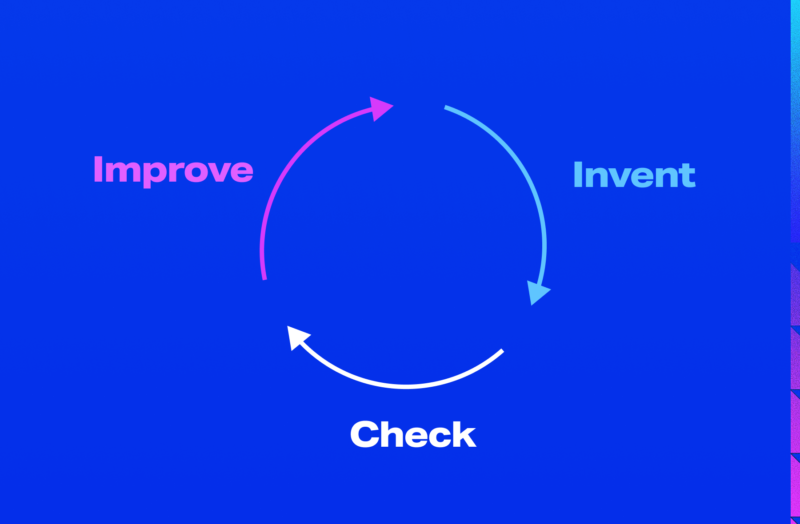
This circle is repeated to the point when you’re absolutely sure you understood your users and their requirements, and you’re confident that the delivered product will meet those criteria.
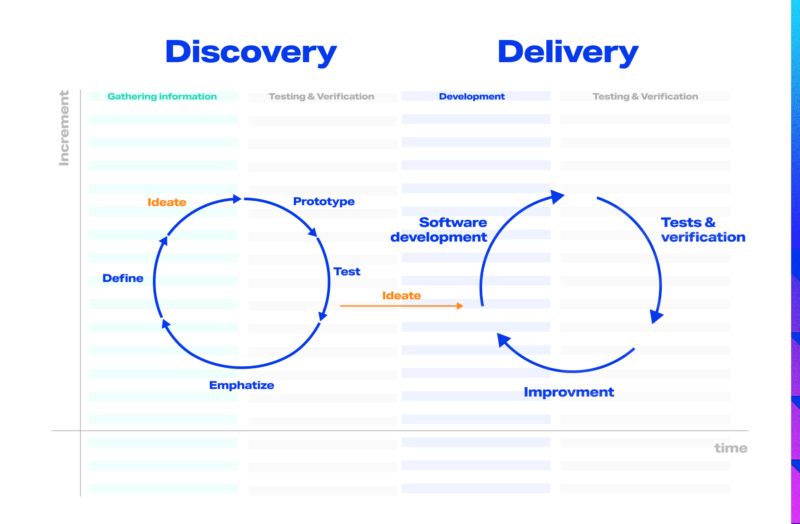
Now, what will happen if you decide to ignore and skip this process?
Lisa what? If Apple flopped without design discovery, you’ll too
Nowadays, it’s so hard to catch and keep users’ attention. Our phones are overloaded with handy apps for this and that. Physical space on the hardware is valued, especially since some apps are getting very intricate with content download options. Also, nobody’s gonna wait more than a few seconds for features to load/work. What’s more, people have their favorite apps they won’t ditch so easily for a new alternative.
This means you get one chance, one opportunity to assure an excellent customer experience, operational product, and the “wow” factor. Another fancy-looking app is not enough, it’s all about offering real, clearly defined, easy-to-understand value dedicated to your users.
There are thousands of examples proving that the idea is one thing and the final result, another. If you’re here you’re probably familiar with Apple products: iPods, iPads, MacBooks, iPhones… Top-notch technologies, right? But have you heard about Apple Lisa? Probably not, because it was one of Apple’s biggest failures and a great example of focusing on the product and its functionalities without being bothered by what users actually want.
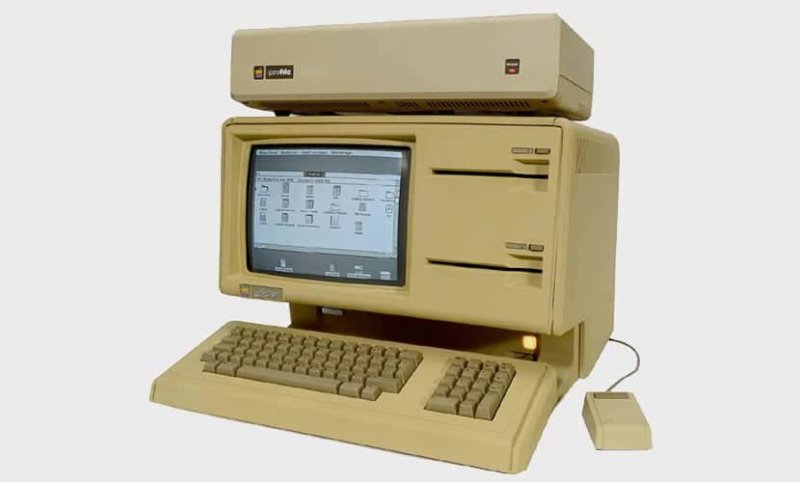
Released in January 1983, Apple Lisa was one of the first personal computers with a graphic user interface and mouse. It was a novelty on the market (possibly ahead of its time) and made using computers more comfortable. Sounds like an instant hit, right? Unfortunately, only around 10,000 customers actually bought Lisa because the price for that outstanding machine was a whopping $9,950 (equivalent to over $30,000 in 2022).
Nothing could save Lisa, so Apple Computers had to learn the lesson the hard way. When releasing Macintosh, the successor of Lisa, they were way more focused on providing an innovative device but now keeping in mind the priority customers’ need: functional personal computers for a reasonable price.
If you recall Apple re-entering the market after 2000, you’ll see the difference. iPod provided clear value with a steep, yet still acceptable price. They weren’t going to make the same mistake again.
If it happened to a colossus like Apple, we’re all doomed too. Now, what can be done to prevent this horror story?
The design discovery phase – the first chapter of the design process
Modern software development relies on UX and UI designers to turn the shareholders’ ideas into reality. As you can see, the very first stage of the process is the design discovery phase, sometimes also referred to as design research, empathizing, or gathering requirements.
Design discovery is focused on a deep understanding of the current or potential users and their needs. If you want to succeed, you’ll need to know the people you’re catering to, so your app could fulfill their requirements.
Doing research before launching an app on the market will save you money, time, and nerves in the long run.
The design discovery phase is not only about exploration. It’s also about confrontation of raw data with the status quo (i.a. currently available solutions) and your own idea. It’s not only about observing and asking questions but also providing initial creations: designs, descriptions in order to validate them with the target group, and depending on their inputs, improve, modify, or completely scrape off unviable ideas.
The discovery phase is less about design and more about people
And not just any people, but your potential users.
In the heat of deadlines, you may find yourself wasting time and money on functionalities that you aren’t even sure will be attractive to your users, and consequently, whether they’ll bring you the benefits you expect.
The key role of your team during the design discovery phase and later on (a reminder, the design discovery should be run continuously, not only at the very beginning of the process!) is to create a product based on real, verified information. So at the end of the discovery phase, you will know first-hand what your users want so you could provide that for them.
Focus on exploration and gathering information, not measuring its usefulness. To understand users, their needs, behaviors, attitudes, way they think, you need to have an open mind. But be wary that in every group, there are individuals who have slightly different needs, concerns, or goals. As a UX designer I know that if you precisely define the target group, you’ll find the key to understanding deviations and inconsistency within. Remember, there is no one-size-fits-all list so every scrap of information can be useful.
Defining target groups is a whole other story, and we’ll cover how to do that in the future. For now, let’s move to a sweet part – all the advantages that come from the design discovery phase.
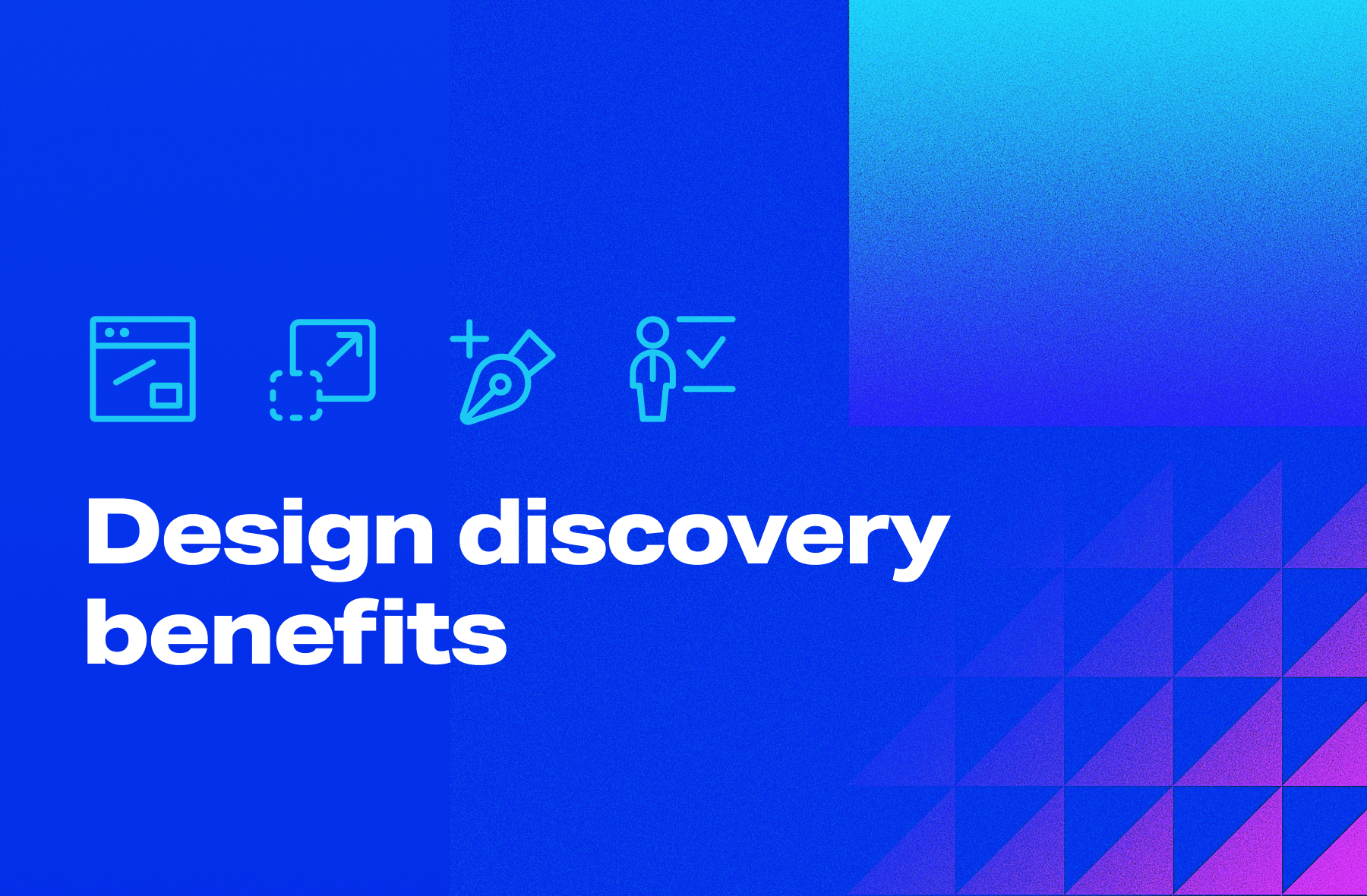
Benefits of the design discovery
Saving precious time
You invested the time of a whole bunch of people to develop features you THINK will share the market. Months of intense work, release, and… nothing, no one cares. It’s heartbreaking and demotivating. Maybe you and your team loved the functionalities but your assumptions were wrong and your users didn’t want any of these features in the first place (or they got used to the app offering the same thing, and have no reason to switch).
We’ve used Apple as an example before, so let’s look at their smartwatch. In 2015 the company released the 18-karat gold Apple Watch.
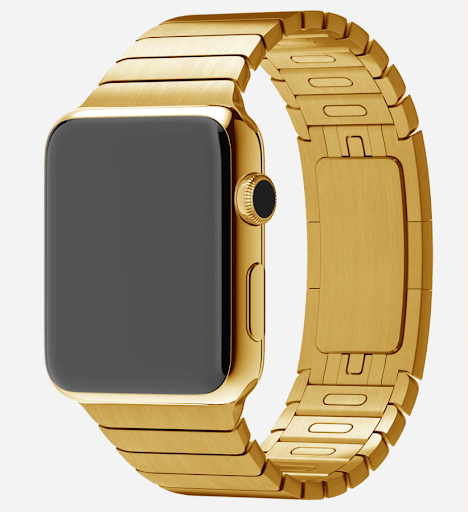
It didn’t help that Beyonce and other rich celebrities were photographed wearing it, the product was a flop. Even the most hardcore Apple fans weren’t eager to spend $17k on a gold smartwatch that would be outdated within the next 2-3 years. This jewelry piece/wearable device was the idea of the Apple team but it wasn’t what regular Apple users desired. So they spent all this time for nothing, really, but I guess they can afford to lose it (unlike most of us).
According to the Customer Development approach, if you know users’ key values, you make it pivotal for the first released version so you don’t waste time working on something which is only nice to have rather than core functions. On every step, the product’s prototype or product itself must be shown to the potential users to verify if they like it or not.
Not wasting money on useless stuff
If your team doesn’t spend time on unnecessary functionalities, you’re not only saving time but money too. We can’t tell you how much exactly, but we can do more-or-less calculations.
How much will you waste on a needless feature?
Let’s say you want a new feature: real-time chat in your application. And just to be clear, real-time chat is a great feature to have but we’re assuming it definitely wasn’t the unique selling point in this case. It’s estimated for one sprint which is 10 working days or 80 hours. Your team consists of:
- 0,5 FTE (full-time equivalent) UX/UI designer,
- 1 FTE backend developer,
- 1 FTE frontend developer,
- 0,5 FTE quality assurance specialist,
- 0,25 FTE project manager.
The hourly rates are as follows:
- $45 for developers, designers, and QAs,
- $40 for PM.
Here comes the maths:
- 0,5 x $45 x 80= $1800
- 2 x $45 x 80 = $7200
- 0,5 x $45 x 80 = $1800
- 0,25 x $40 x 80 = $800
- $1800 + $7200 + $1800 + $800 = $11 600
The total cost is $11 600.
Let that sink in, nearly twelve thousand dollars were lost for an unnecessary feature that didn’t bring any new users.
How much will you spend on design discovery?
Just speaking from experience, some people react really badly when we try to convince them to do more extensive research before anything else. Mostly, they think it’s gonna cost so much that their budget won’t bear it.
So the setup will change a bit because straight away we don’t need any developers, nor QAs. For the design discovery phase, you’ll need two designers/researchers tops. Let’s throw PM into the mix, they are always there from the beginning to the end of projects anyway.
So we’ve got:
- 2 designers/researchers x 1 sprint (80 hours) x $45 = $7200
- 0,25 PM x 1 sprint (80 hours) x $45 = $800
- $7200 + $800 = $8000
The total cost is $8000, which is $3600 less than developing just ONE useless feature!
Even if you throw $1000 for some super extra research activities, it’s still $9000, $2600 less.
And look what that money gets your here:
- the research results help you design THE WHOLE APP, not a single feature,
- you know what won’t work straight away, so you won’t waste resources,
- early ideas review may give you inspiration for improvements you haven’t thought of before (even a unique selling point!),
- “hunch” is good but hard data is better, and gives the helicopter view over the entire solution,
- meeting your target group before your app is out may prevent a lot of disasters. Users are merciless to products they hate, so best-case scenario they’ll ignore your ill-thought-out app, worst case – your company’s reputation may be ruined forever.
Finding Unique Selling Point – user requirements, that nobody met yet
You probably own a device or two, with some apps on them. Why did you choose these and not the others available on the market? What convinced you? The rule applies to all industries, it doesn’t really matter if we talk Android vs iOS, skinny or wide jeans, or pizza with/without pineapple. There is some reason behind your choice and it’s not an accident that you picked one instead of another.
Taking a closer look at your potential users (or current ones) will allow you to learn their motivators, likes, dislikes, and everything (literally: everything) that would make them choose you over the competition.
Gathering and identifying valuable insights
Finding a unique selling point, this magical unicorn that users want but nobody provides is like winning a lottery. But it’s not the only information you’re getting out of the design discovery.
The first step to turn potential customers into loyal users is a deep understanding of what they need and want.
It’s not enough to write down some questions, ask them, get an answer, and… that’s it. This way, you’ll never be sure if they are 100% true. To discover the real needs and motivations, you need to interpret the behavior, know HOW to talk to your users, and HOW to interpret their answers in context. A good researcher has a sharp sense of observation and looks deeper.
Believe us (we’ve done this so many times we’ve lost track) that when you show an app to users and let them play with it, you’ll always end up with “Gosh, this is great but it would be fantastic if it could also…”. You hand over the reins to the people you want to be crazy about your product, so these comments are clear instructions and hints on what to do. How does this theory work in practice?
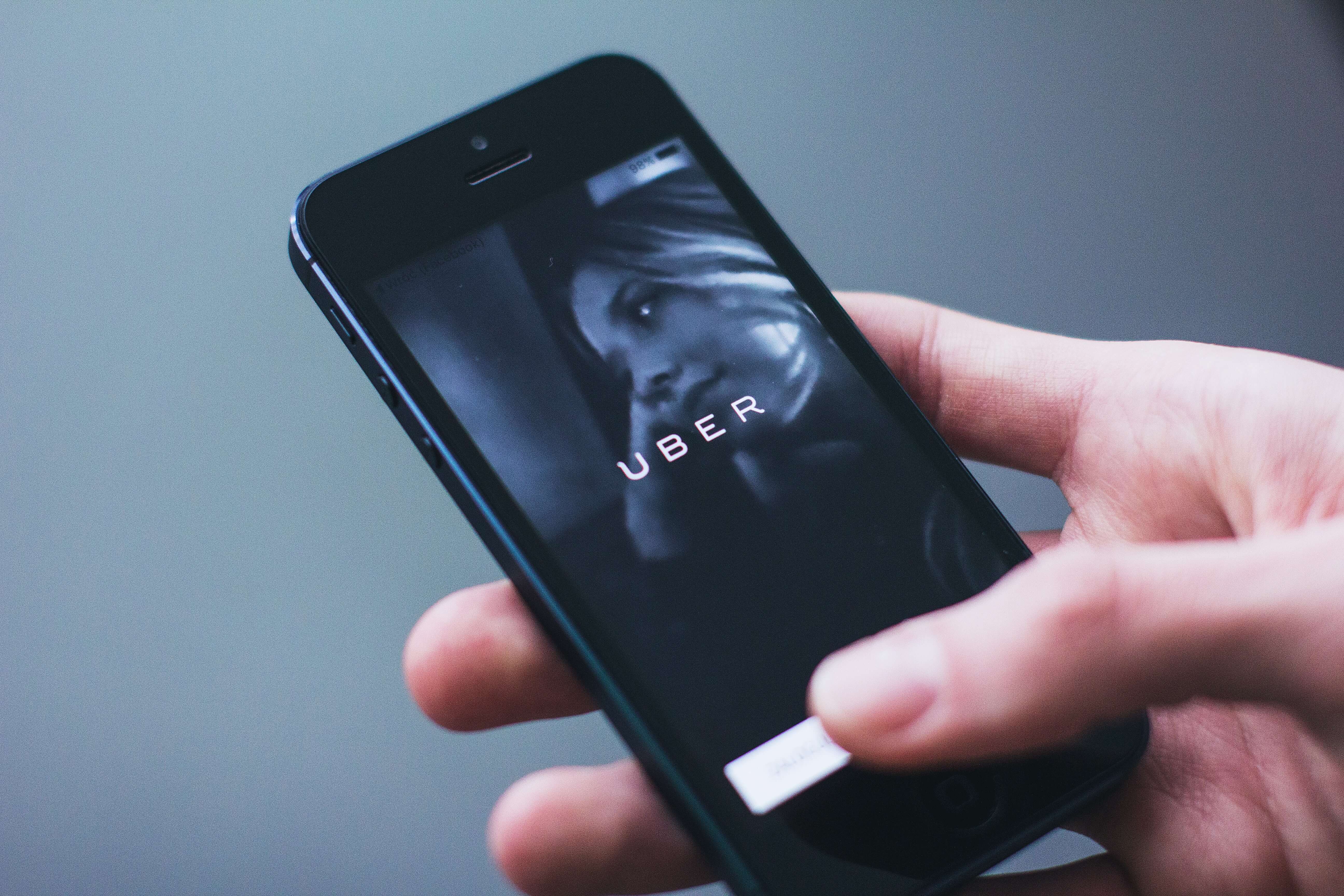
Look at Uber’s success and think about what they offer to both clients and drivers? They made unique selling points out of needs that were ignored by taxi companies all over the world.
For customers:
- ordering taxi without calling – no more phone call anxiety,
- cashless payment – no more frantic searching for the nearest ATM, that’s not even that close and hoping it won’t be busted,
- price is known upfront – no more shame and haggle with the drivers when you’re a bit short,
For drivers:
- route known upfront – no more dealing with, ekhm, indisposed people mixing up addresses,
- a fairer way of assigning courses – based on proximity algorithm, not the dispatcher’s sympathy,
- an easier way to get a job – GPS suggests the route, so there’s no need to pass license tests and know maps by heart.
But the fun fact is that Uber, or should we say UberCab, app’s first released version was dedicated to ordering… luxury cars at a lower price than taxis. So the primary idea wasn’t close to what has brought success to Uber. It was an evolution that brought more and more benefits to app users.
Uber researched their target groups beforehand, tracked and analyzed trends, so they were just destined to succeed. All parties won (which you can’t say about the competition), and now there are Uber clones everywhere. It’s even in the language! In some parts of the world, people stopped “hailing taxis”, and are now “getting ubers” (even if they’re using other apps).
Planning and organizing work becomes so much easier
Establishing user needs at the very beginning of the software development process (and checking them while testing a solution on every stage!), will make it so much easier to prioritize and plan functionalities and focus on those most fundamental to the app’s success first. You already know what’s cool, what’s a game-changer, what’s “meh” and what’s lame, so it is extremely easy to decide what to do first within the next 2-4 weeks and where to locate your resources and people.
Shape your services according to additional information from the design discovery findings
The design discovery phase is extremely important for the design process and the entire software development. It’s a foundation of a healthy app and your business success. It shapes the way you think about your product and provides insights you’d never come up with, without talking to the target group first.
It’s okay if you find this process hard or stressful. It’s better to do SOMETHING, be curious, ask questions, and challenge your ideas, than close your eyes and mind and reject any idea that doesn’t fit your vision. Your concept and intuition can be right, but they can also be hopelessly wrong, and drown the entire project. Because the harsh reality is – if users don’t like your app, they are not going to use it.
Design discovery is just the first step in the design process, and we’ll help you to take this, and another one, and another one. In the next parts, we’ll walk you through user interviews (HOW to organize them and talk to your target group), Minimum Viable Product (MVP), UX audits, and much more.
Stay tuned!
Need to talk to your users before you release a feature or an entirely new app? We can do that for you 🛠
Małgorzata and Magdalena are amazing with user and business requirements. They, and other people from our Product Design team, conduct necessary design discovery processes every single day, and provide the developers with knowledge that’s impossible to get otherwise. You can book them for a free 1-hour consultation, they’ll gladly advise you with your digital products.


